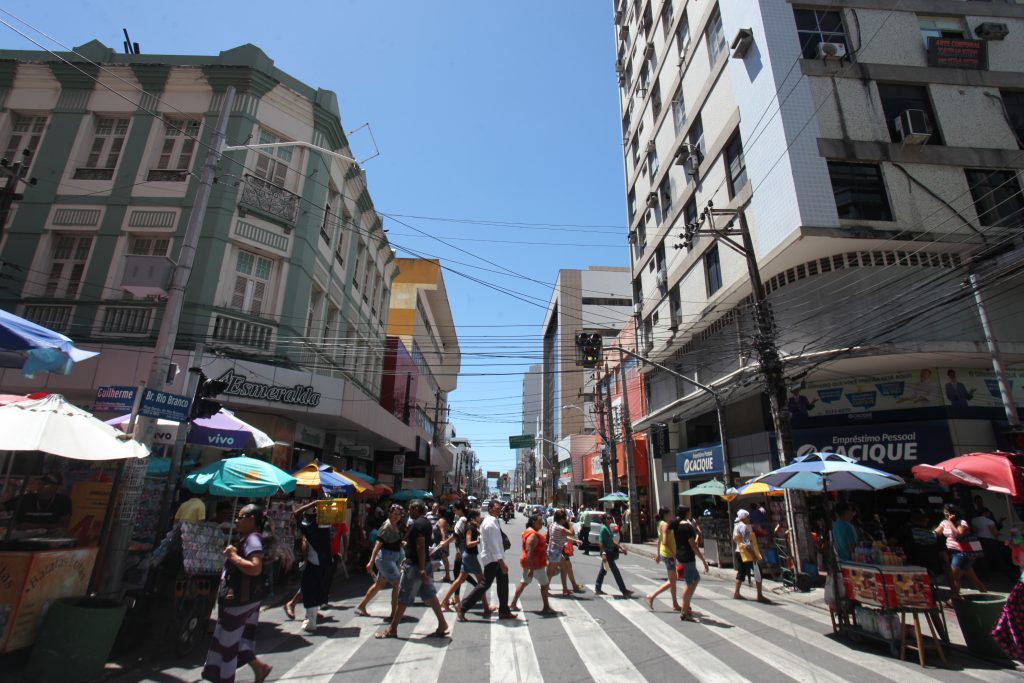São Paulo – An original research mapped the DNA of the people in the Brazilian state of Ceará and revealed that one of their origins is Arab. This is addressed in the book O Cearense Revelado: uma jornada via DNA desvenda nossa ancestralidade [The Cearense Revealed: A DNA journey unveils our ancestry], which was launched online last week and devotes a chapter to the Arabs, who have a significant presence in the capital and the Sertão central region of the state.
“The Arab presence is very strong. Even if it is small in terms of genetic distribution. There is an exponential presence, particularly in Fortaleza. The Arabs have grown a lot,” the book’s author Luís Sérgio Santos said in an interview with ANBA. The research identified that the Arabs make up 1% of the Ceará’s population and live primarily in the two regions mentioned above.
But the book does not address just the Arab ancestry of the Cearenses, but all origins of this population. The work is based on a research that identified the population’s ancestry by collecting genetic resources of people from across the state.
The work is a continuity of the essay “O Cearense” by professor and former governor of the state of Ceará José Parsifal Barroso, which was published in 1969 and reedited in 2017. Santos is a professor at the Federal University of Ceará and journalist and works at the Myra Eliane Institute in Fortaleza, Ceará, which is chaired by Parsifal’s grandson, Igor Queiroz Barroso.
After reediting Parsifal’s book, Santos and Barroso decided to invest in a new work that followed up the search for the Cearense’s identity. In the genetic research, they found a way to collect data. In a paper published in the journal Nature Santos learned about the GPS method and contacted researcher Eran Elhaik, who had created the GPS algorithm. Elhaik then became an advisor of the Brazilian research for the book. The genetic analysis was carried out in the DDC Lab in Ohio, United States, from samples collected across the state of Ceará.
The author explains that 27 genetic pools were found. “Some of these origins are more traceable, such as the Arabs, while other are more diluted. The research is interesting because it shows a migratory flow. In the case of the Arabs, they arrived in Ceará without genetic mediation – they came themselves,” Santos explains about the fact that the Arab genetic load came directly during their migration to Brazil.
In the genetic pool called ‘Arabia,’ the author explains that there are genes from Jordan, Egypt, and particularly Lebanon and Syria. “This is the work that showed the largest number of GPS results in the entire world. The Arabs are concentrated in the metropolitan region of Ceará and the Central Sertão in Quixadá. In their chapter, we explain why they went to Quixadá. The Arabs were travelling salesmen. And Quixadá is a distribution hub,” the author explained.
The researched featured 160 samples collected in the mesoregions of Ceará. The field work lasted one year. The book is for sale through the Institute’s WhatsApp: +55 (85) 99412-3827.
Translated by Guilherme Miranda




